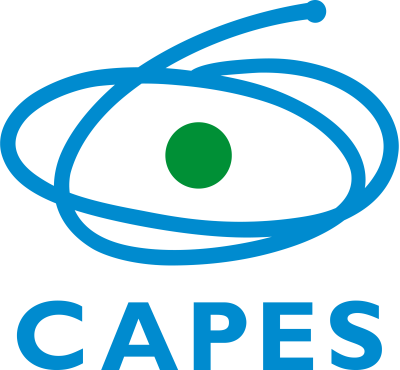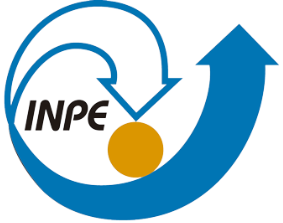The S-PLUS project is committed to delivering regular Data Releases (DRs) to the astronomical community. The data are accessible via the S-PLUS database and, depending on user credentials, can be available for public or internal access. Each release provides calibrated images and catalogs with progressively larger sky coverage, improved photometry, astrometry, and data quality.
S-PLUS DR5
Released on August 15, 2024, the internal Data Release 5 (DR5) includes 2491 fields covering approximately 4600 deg² of the southern sky, all observed in the 12 S-PLUS filters. This release consolidates all regions from previous DRs (1–4) and adds new observations from the Galactic bulge (available for the first time) and additional high-latitude fields, expanding the survey footprint significantly.
The main improvements introduced in DR5 include the adoption of the MAR pipeline (Schwarz et al. 2025) for data reduction, applied to approximately 2200 fields, which enhances processing quality compared to earlier releases. An upgraded photometric calibration, based on Gaia DR3 synthetic magnitudes, was implemented to provide more accurate zero-points across all fields. A restricted auto-aperture magnitude was added to improve signal-to-noise for extended sources. In addition, new Value-Added Catalogs are provided, including ISM extinction corrections, bright-star masks, and source classifications (star/galaxy/quasar) along with photometric redshifts, expanding the scientific usability of the release.
S-PLUS Ultra-Short Survey (USS) DR1
Perottoni et al. (2024)

Publicly released in 2024, USS DR1 presents the first installment of the bright-star sub-survey of S-PLUS, optimized with ultra-short exposures to avoid saturation while retaining the full 12-band Javalambre system. DR1 comprises 163 fields (~2 deg² each) along the celestial equator, totaling ~324 deg² and ~1 million detections, aimed primarily at identifying bright EMP/UMP candidates for spectroscopic follow-up.
The USS adopts single-epoch, single-exposure imaging per filter; exposure times are ~1/36 of the main survey, pushing the r-band saturation limit to ~10 mag (≈4 mag brighter than S-PLUS main). Photometric calibration follows the S-PLUS DR2 method with an additional Gaia XP–based offset correction. Users should be cautious for r ≲ 10 (saturation) and r ≳ 14 (larger errors). The catalog is accessible via splus.cloud and mirrors the single-mode S-PLUS DR4 data structure and column set. The catalog contains approximately 1 million detections, from which ~63 000 sources have r < 14.
S-PLUS DR4

Released on December 18, 2023, DR4 includes 1629 fields, covering approximately 3000 deg² of the southern sky observed between August 2016 and February 2021, with around 80 million detected sources and ~20000 imagens. This release consolidates all previous DR areas (DR1, DR2, and DR3) and adds new observations of the Magellanic Clouds, the Galactic disk, and additional high-latitude fields. While the overall data reduction process remains the same, photometry and calibration were reprocessed for all data using updated pipelines (Herpich et al. 2024), providing more accurate zero-points and improved handling of crowded fields. In addition to SExtractor-based photometry, PSF photometry was introduced for this release, which is particularly important in the dense stellar regions of the Magellanic Clouds and the Galactic plane. A summary of the data can be found here (
http://splus.cloud/documentation/DR4) and the characterization of the data is fully explained in Herpich et al. (2024).
S-PLUS DR3
Released on December 3, 2021, DR3 covers approximately ~1800 deg² (about ~1200 deg² newly added to the ~950 deg² area of DR2) across an estimated 43 fields, and includes roughly 60 million detected sources. DR3 extends the DR2 footprint—incorporating new observations in regions such as the Hydra supercluster—while retaining the same data reduction and photometric calibration pipeline used in DR2.
S-PLUS DR2
Released on March 31, 2021, DR2 covers ~950.5 deg² in 514 fields observed between August 2016 and March 17, 2020, comprising approximately 40 million detected sources. These data have improved photometry, astrometry and larger area coverage in relation to the first S-PLUS data release. DR2 includes the area corresponding to DR1, but with the new photometry and calibration method. A summary of the data can be found here (
http://splus.cloud/documentation/dr2_3) and the characterization of the data is fully explained in Almeida-Fernandes et al. (2022).
S-PLUS DR1
The first public S-PLUS data release, DR1, focused on the Stripe-82 region (~336 deg2) observed between August 2016 and December 2018. Made public on July 2, 2019, DR1 delivered multi-band images and catalogs containing approximately 20 million detected sources (~20 GB). The characterization of the data is fully explained in Mendes de Oliveira et al. (2019).



















